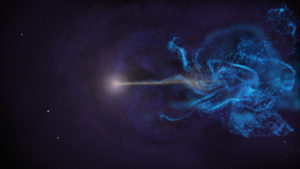Dr. Kristina Nyland was a postdoctoral research associate at the National Radio Astronomy Observatory from 2015 to 2018. She has…
Select :
Alberto BolattoAdam GattusoAndrea IsellaAmy KimballAaron LawsonBettymaya FoottBarbara GruberBill E. SaxtonBrian KentBrian Kent and Joseph MastersBrian KoberleinCharles BlueClaire ChandlerDaniel DaleDave FinleyDolly JosephDavid MehringerEddie EdwardsHeather HarbinJulie DavisJoseph LazioJim LovellJon RamerJason RenwickJacob WhiteKunal MooleyDr. Kristina NylandDr. Lisa Shannon LockeLuca RicciMoiya McTierMatthew A. MorganNienke van der MarelNan JanneyOlivia Harper WilkinsRebecca CharbonneauRebecca LjungrenSam WatchmanSummer AshStephen CaseSamara NagleTony BeasleyTom Maccarone


